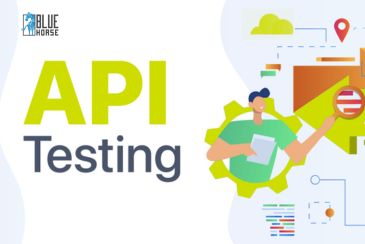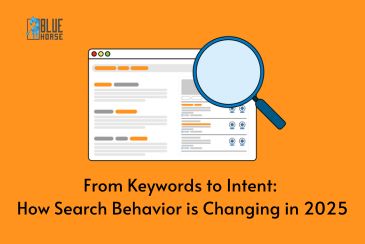What Do You Mean by Severity and Priority
"
A bug is the most important entity in the testing life cycle of any software development. Severity and Priority are the most important attributes assigned to a bug. These two attributes help the developer to identify the importance/impact of the bug.
Whenever a new bug is logged by a tester. The attributes attached to the bug could be many like defect description, application version, defect details, steps to reproduce, test data, created by, created date, etc. but the severity and priority are the most commonly used ones.
Severity
Severity - Severity means the degree of impact of the bug on the application.
Types of Severity:
While the tester logged a defect, then he decides the severity of the defects depending on the impact. Severity can be categorized as:
- Critical: If the defect is a showstopper that completely blocked the functionality of the application. The tester is unable to proceed with further testing due to this defect, the tester assigned the severity of the defect as Critical.
Example- If we get any issue on the Login page and the system not allowing us to login then the whole application becomes inaccessible
- Major: A major severity issue is an issue where a large piece of functionality or major system component is completely broken
Example- In a banking application, a user is unable to transfer money to any beneficiary, however other functions are working fine.
- Minor: The defect affects minor functionality or non-critical data. A minor feature that is not functional in one module but the same task is easily doable from another module.
Example- The download link of the help section of an application not working, however, the user can read the document online.
- Low: The defect does not affect the functionality of the application.
Example- Spelling mistake on the paragraph.
Priority
Priority - Priority means how fast the developer needs to fix the bug.
Types of Priority:
Priority means the urgency with which the defect needs to be fixed by the developer. By priority, we indicate the time limit within which the defect needs to be fixed. Defect priority categories as,
- High: The high priority defects need to be fixed as soon as possible, a high priority defect impacts the whole application and the earliest resolution of such defect is required. A high severity means a high priority but this is not always the case.
- Medium: The defects which are not impacting business and customer fall into the medium category. They are not as urgent as the high-priority defects and can wait to be fixed.
- Low: The defects which have the least priority for getting fixed, are fixed after all the high and medium priority defects are fixed.
Common scenarios related to Severity and Priority
- Example of High Severity and High Priority: The login button is not working. The key feature failed and no workaround.
- Example of High Severity and Low Priority: If we click a link, then the link is not opening and the system showing an error but the link is rarely used. As the link is not opening, defect severity is high. But the priority is low as the link is used very often.
- Example of Low Severity and High Priority: Misspelled in the company logo. As it is a spelling mistake it will not affect the flow of an application, so that severity is low. But the wrong company logo creates a bad impression, so priority is high.
- Example of Low Severity and Low Priority: Cosmetic issue. Some spelling mistakes in the paragraph.
Conclusion:
It is very important part in testing any web and software application. Please share your reviews in the comment section. See you on my next blog.
"




















Comments